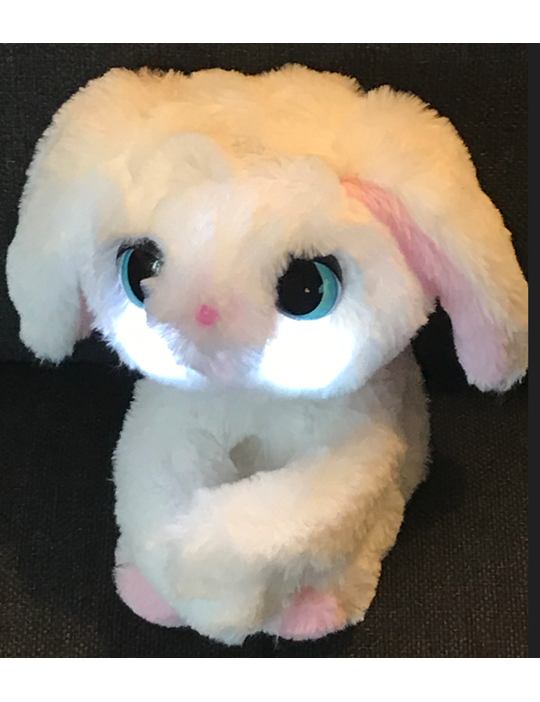
Physicists, engineers and biologists talk about “Life 3.0” in the context of self-learning and artificial intelligence. From a humanistic and aesthetic perspective, we want to conceptualise digital technologies that simulate life, like sentient bio-machines. We argue that the qualities that make them resemble biological life ought to be understood by an examination of ttherefore examining these “life forms” from an aesthetic point of view, focusing on the ability of technologies to sense the world and the way they are portrayed and discussed in literature, art and film. The aim is to increase our knowledge of what it means to be alive,’ says professor Kathrin Maurer from the Department of Language, Culture, History and Communication at the University of Southern Denmark.
The grant is led by Kathrin Maurer (Professor of Humanities and Technology, SDU) and Kristin Veel (Associate Professor, University of Copenhagen).
List of members:
Kristin Eva Albrechtsen Veel, kristinv@hum.ku.dk
Johan Lau Munkholm, johanlau@sdu.dk
Naja Le Fevre Grundtmann, nag@sdu.dk
Kassandra Charlotte Wellendorf, kassdorf@hum.ku.dk
Call for Papers
Culture MachineVol. 24 Call for Papers:
The Aesthetics of Biomachines
Guest editors:
Johan Lau Munkholm, Naja Grundtmann
Kathrin Maurer & Kristin Veel
Department of Culture and Language, University of Southern Denmark
In the contemporary technoscape we are surrounded by an ever-expanding multitude of interactive technologies that encourage reconsideration of the state of entanglement between organic life forms, environments, and technologies meant to simulate or enhance them. These include, for instance, virtual assistants (Siri, Alexa), language- as well as image models (ChatGPT, DALL·E 2), digital implants (brain-computer interfaces, ocular implants) and adaptive systems (digital companions, soundscapes). By examining the life-simulating capabilities of these technologies, this special issue of Culture Machine aims to provoke reflections on what theoretical frameworks, concepts, and methods are required to define and assess the novel relationships they mediate between people, technologies, and our surrounding environments as modes of life are undergoing critical transformations.
Read more (link).